SLAC, Stanford researchers use cryo-EM to make first high-res images of wet SEI of Li-ion battery
Green Car Congress
JANUARY 9, 2022
Researchers from the Department of Energy’s SLAC National Accelerator Laboratory (SLAC) and Stanford University have made the first clear, detailed images of the solid-electrolyte interphase (SEI) layer in the wet environment of a working Li-ion battery by using cryogenic electron microscopy (cryo-EM). —Zhang et al.

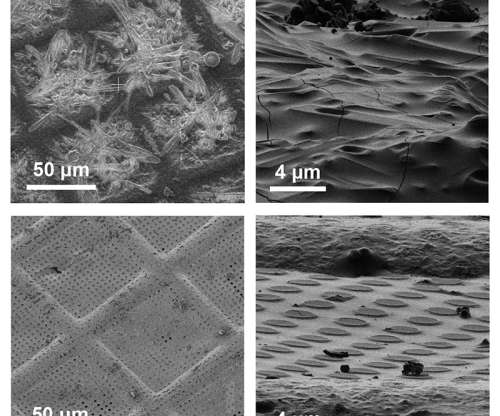








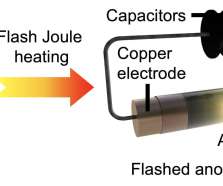
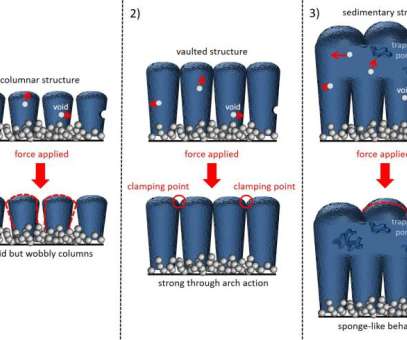



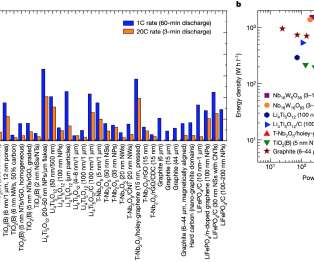




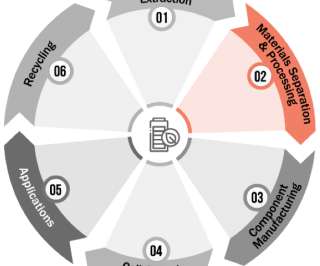


















Let's personalize your content